14 Late-Season Crops to Plant for Early Spring Harvests
As the days get shorter, it is time to think about your garden’s future. Late-season planting can set the stage for an early harvest in the spring. With the right crops, you can enjoy fresh produce right after the frost melts. This is the perfect time to take advantage of the cooler weather. Start planning and make the most of your garden’s potential.
This post may contain affiliate links, which helps keep this content free. Please read our disclosure for more info.
Garlic
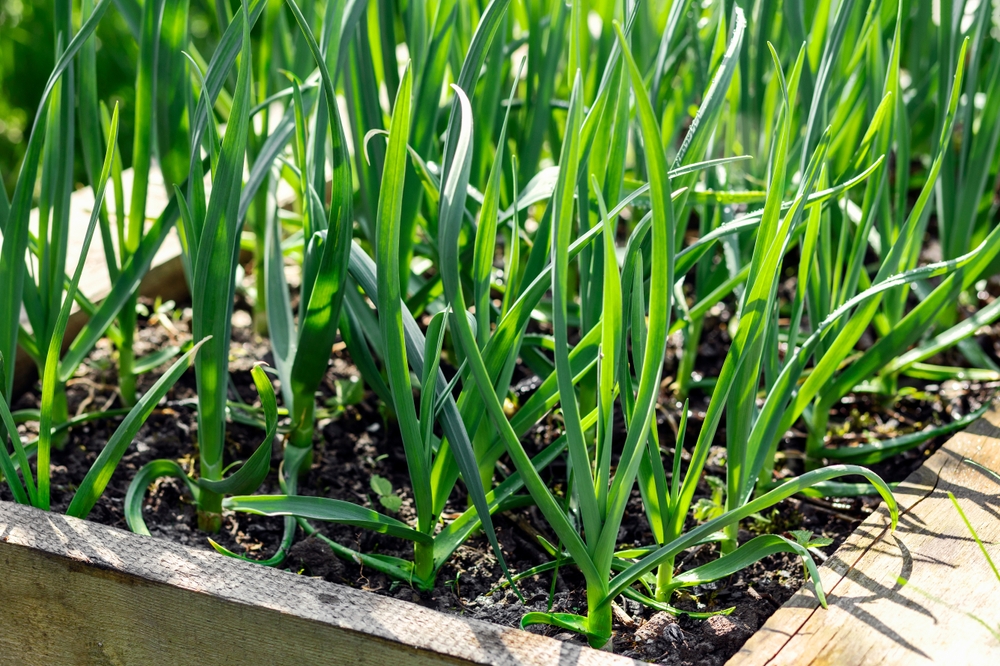
Garlic is a hardy crop that thrives when planted in late fall. It requires a period of cold weather to develop properly, making it ideal for planting as the weather cools. Plant garlic cloves about 2 inches deep, spacing them around 4 inches apart to give them room to grow. Garlic requires little maintenance once planted and can be harvested in early summer the following year.
The key to successful garlic planting is selecting high-quality cloves and ensuring they are well-drained. A light mulch can protect the cloves from extreme cold during the winter. By planting garlic in the late season, you can enjoy fresh, flavorful bulbs in the spring. It is one of the easiest crops to grow with minimal effort required.
Shallots
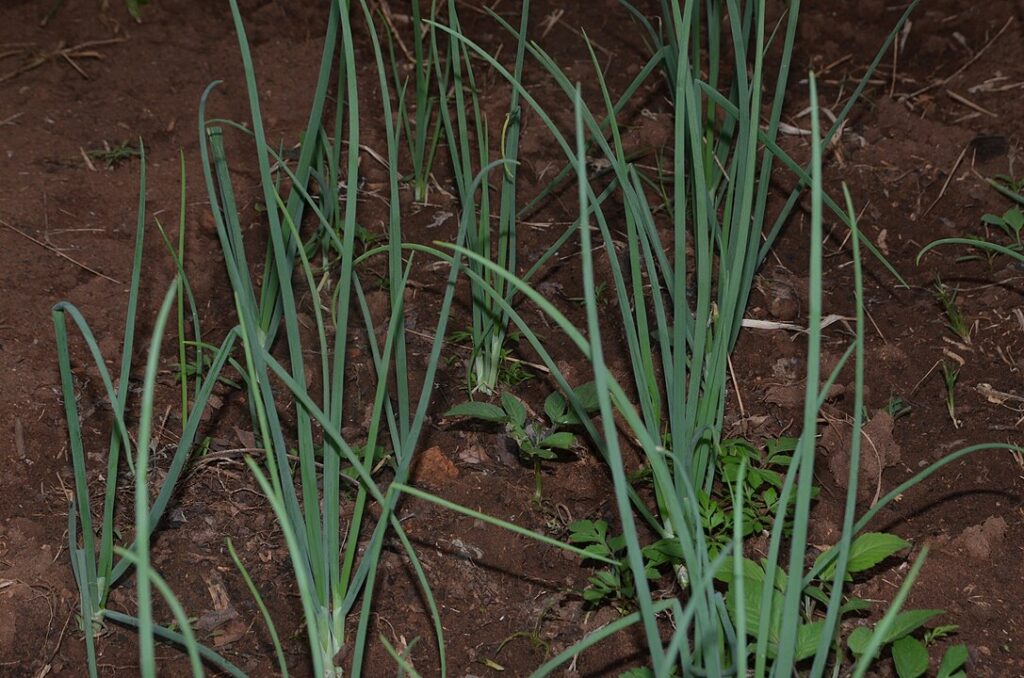
Shallots are another excellent choice for late-season planting. These small, flavorful onions are planted in the fall and left to grow through the winter. They are hardy and will begin to sprout as the temperatures warm up in early spring. Shallots are great for growing in areas with mild winters, as they thrive in cooler temperatures.
Shallots prefer well-drained soil and should be spaced about 4 inches apart. They can be harvested in early spring when the tops of the plants begin to yellow. Their mild flavor makes them a versatile addition to many dishes. Planting shallots in the fall ensures a fresh, early harvest in the spring.
Spinach
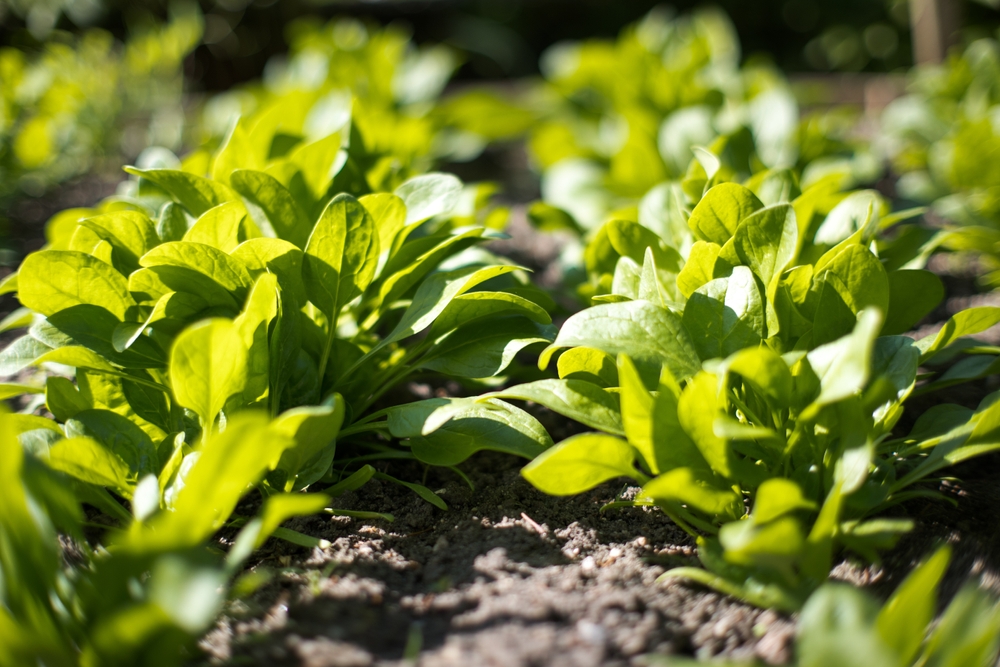
Spinach is one of the quickest-growing crops that can be planted late in the season. It tolerates cooler temperatures and will begin to sprout as soon as the ground warms up in spring. Spinach seeds can be sown directly into the soil in late summer or early fall, allowing them to establish roots before the first frost. You can enjoy fresh leaves early in the spring, making it a perfect choice for early harvests.
For the best results, plant spinach in rich, well-drained soil. It requires regular watering to keep the soil consistently moist. Spinach is a nutrient-dense crop that grows quickly, and with its cool tolerance, it is an ideal choice for late-season planting. By planting in late fall, you can enjoy a healthy harvest just as the weather starts to warm.
Radishes
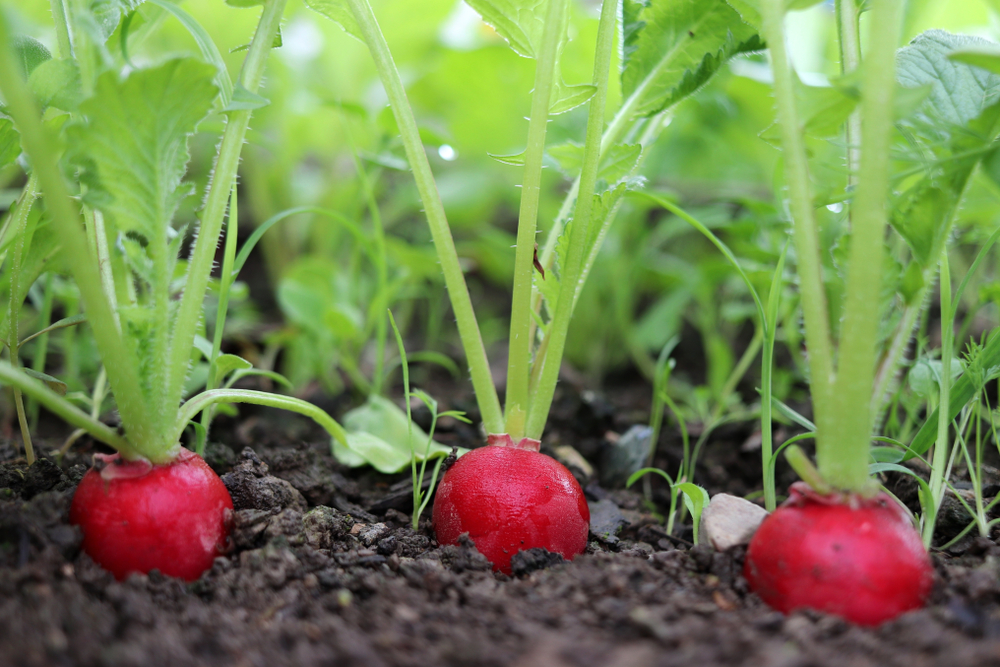
Radishes are one of the fastest-growing crops and can be planted late in the season for an early spring harvest. They mature in as little as three to four weeks, making them perfect for a quick crop. Plant radish seeds directly in the soil in late summer or early fall, ensuring that they receive plenty of sunlight. The early spring harvest can include both the roots and the greens.
Radishes prefer loose, well-drained soil and should be spaced about 1 inch apart. They are relatively low-maintenance, needing only occasional watering and thinning to ensure healthy growth. Radishes are ideal for gardeners looking for an easy and fast crop. Harvest them as soon as they reach their mature size for the best flavor and texture.
Kale
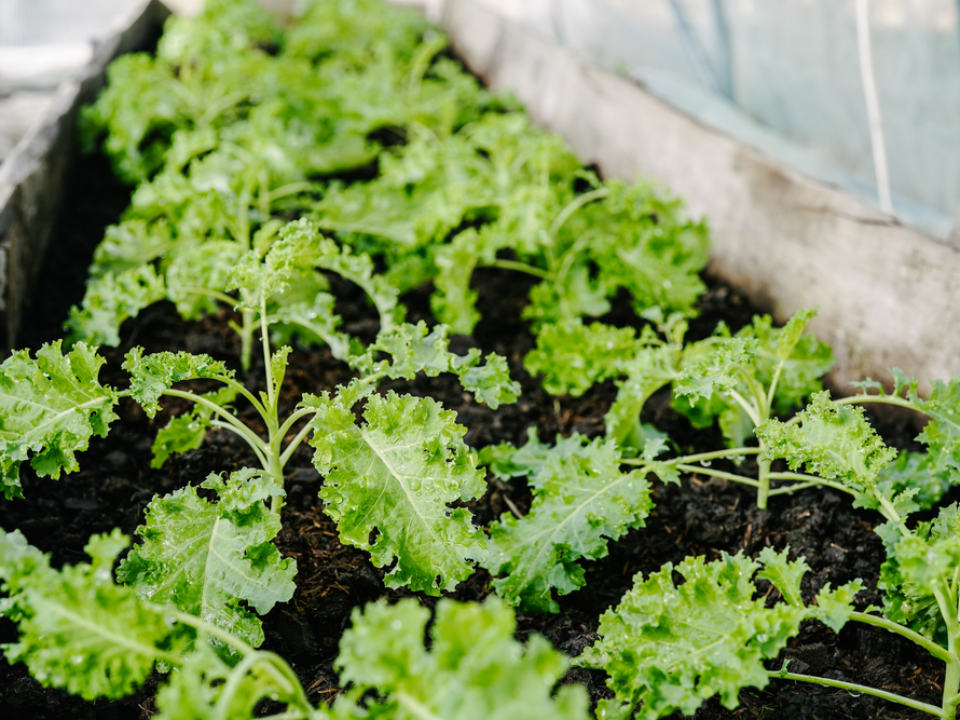
Kale is a versatile, cold-tolerant crop that thrives in the cooler months. It can be planted in late summer or early fall to allow the plants to establish themselves before the first frost. Kale leaves taste best after they have been touched by frost, as the cold helps to bring out their sweetness. With proper care, you can enjoy fresh kale leaves in early spring.
Plant kale in well-drained soil with plenty of organic matter. It is best to space plants about 12 inches apart to allow them room to grow. Regular watering and some light mulching will help protect the plants through the winter. Kale can be harvested as soon as the leaves are large enough to eat and will continue to produce throughout the early spring.
Lettuce
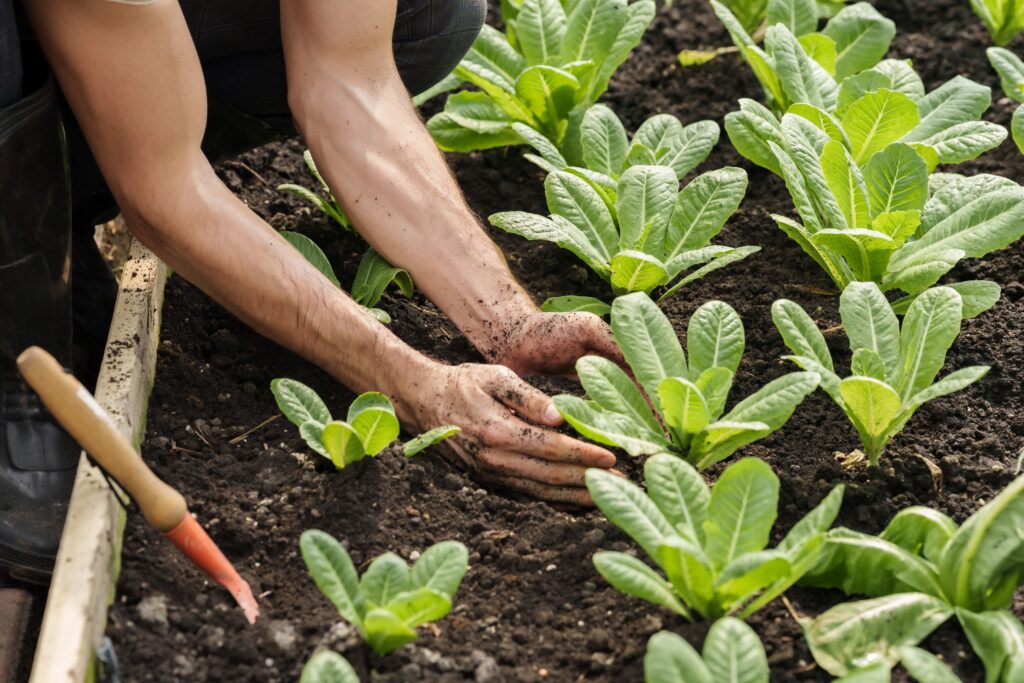
Lettuce is another fast-growing crop that can be planted late in the season for an early spring harvest. It grows best in cooler temperatures, making it ideal for planting in late summer or early fall. Lettuce can be direct-seeded or grown from transplants, with the seedlings maturing quickly once the weather warms up. Planting it late ensures fresh, tender leaves early in the spring.
For optimal growth, lettuce requires well-drained soil and regular moisture. It should be spaced about 6 to 12 inches apart to prevent overcrowding. Lettuce is a low-maintenance crop that can be grown in various soil types, though it does best with a light layer of mulch. Harvest the outer leaves as they mature for a continuous supply of fresh greens.
Carrots
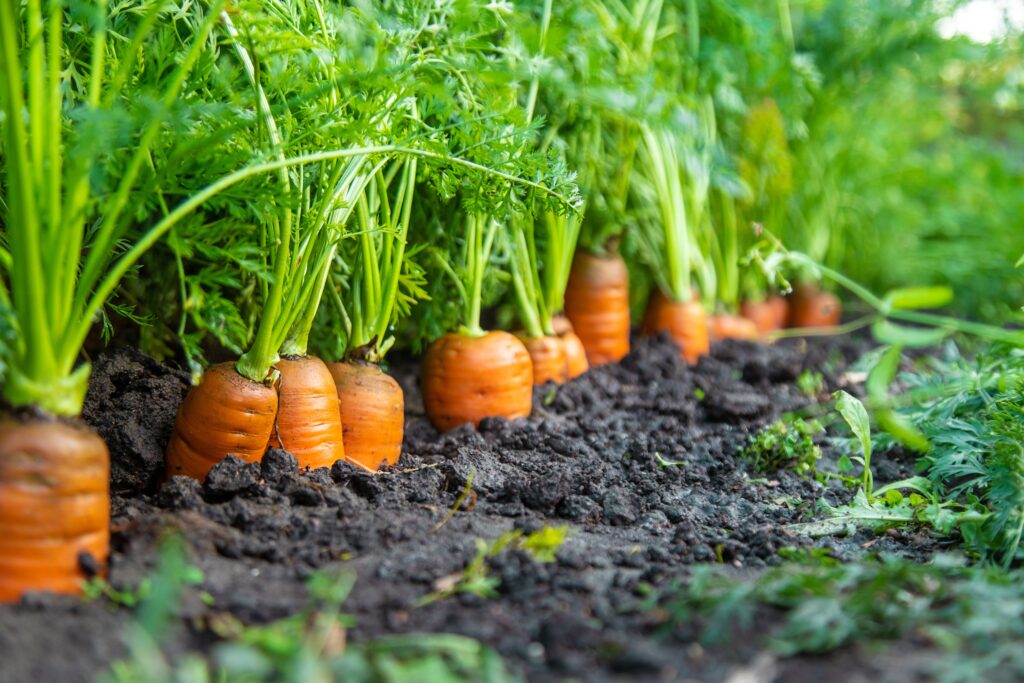
Carrots are a fantastic late-season crop that can be planted in late summer for an early spring harvest. While they take longer to mature than some other crops, they grow well in cooler weather. Plant carrot seeds about 1/4 inch deep in rich, well-drained soil and space them about 2 inches apart. Carrots can stay in the ground throughout the winter, making them an excellent choice for early spring harvests.
Carrots require a little patience, as they typically take several months to mature. However, they grow best in cool soil and can tolerate some frost. When harvesting in early spring, be sure to pull them up carefully to avoid breaking the roots. Fresh, homegrown carrots are a sweet, crunchy treat and an excellent addition to your garden.
Broccoli
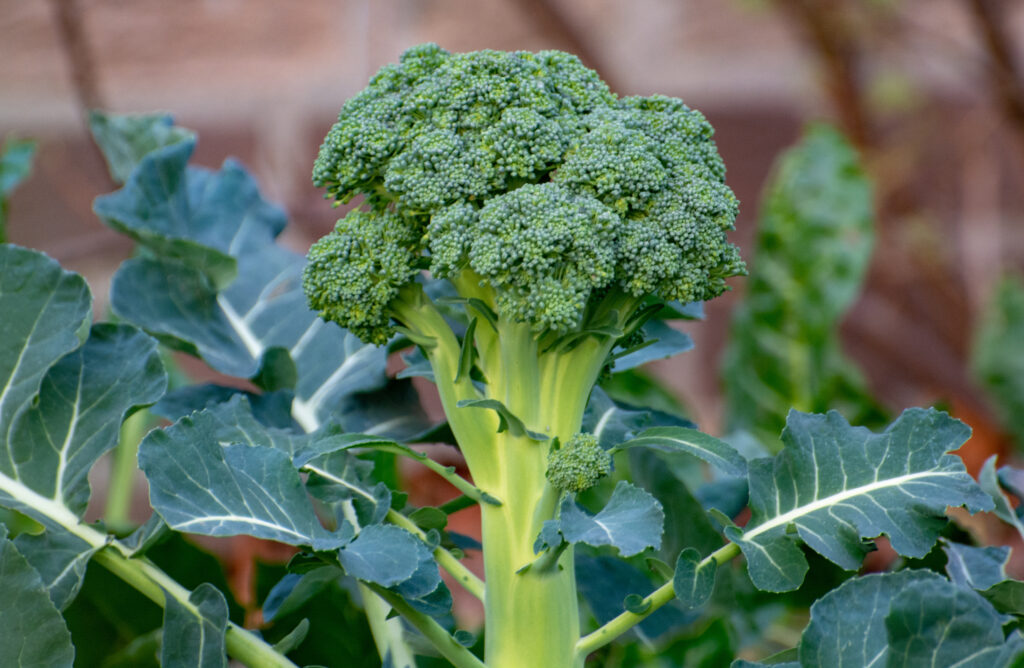
Broccoli is a hardy vegetable that can be planted in late summer or early fall for a spring harvest. It prefers cooler temperatures, which makes it ideal for planting late in the season. By planting in the fall, you allow the plants to develop strong roots before the cold sets in. You can harvest fresh broccoli heads early in the spring for a delicious, nutrient-packed crop.
Broccoli needs well-drained, fertile soil with plenty of organic matter. Space plants about 18 inches apart to give them room to grow. Regular watering and some light mulching will help protect the plants from frost. The cold can enhance the flavor of broccoli, making it a great choice for a spring harvest.
Peas
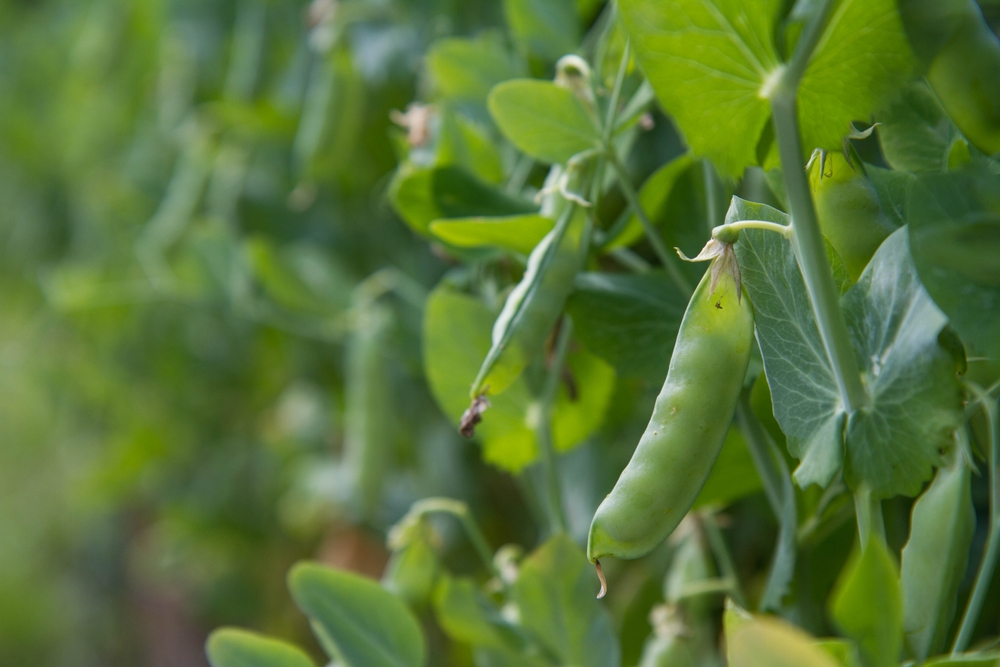
Peas are an easy-to-grow crop that thrives in cooler temperatures. Plant pea seeds in late summer or early fall to allow the plants to establish themselves before the first frost. Once the weather warms up in spring, you can expect a fast harvest of tender pea pods. Peas are perfect for gardeners who want a quick crop with minimal effort.
Peas prefer well-drained soil and a sunny location. They are typically grown on trellises or fences, which helps save space and supports the plants as they grow. Regular watering is important to keep the soil moist but not waterlogged. Harvest peas as soon as the pods fill out for the best flavor.
Mustard Greens
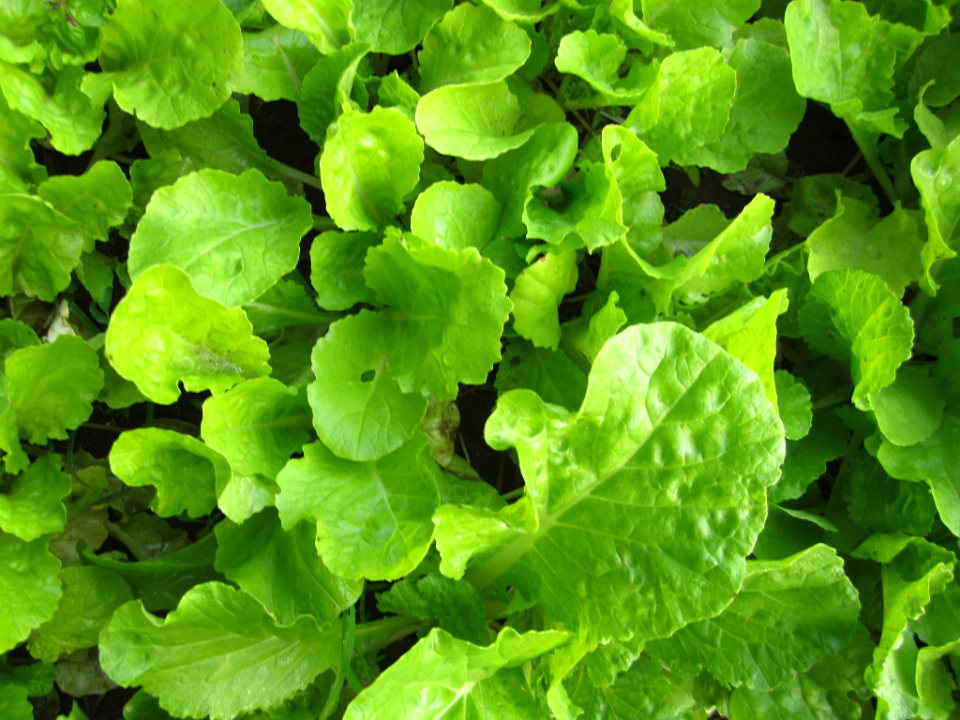
Mustard greens are another cold-tolerant crop that can be planted late in the season for an early spring harvest. These fast-growing greens thrive in cooler weather and can be ready to harvest in as little as 30 days. Plant mustard greens in late summer or early fall, and they will grow quickly once the temperature drops. They offer a flavorful addition to salads, soups, and stir-fries.
Plant mustard greens in well-drained soil and ensure they receive regular watering. Space them about 4 to 6 inches apart to allow for proper growth. These greens can tolerate some frost, which actually improves their flavor. Harvest leaves as they mature for a continuous supply throughout the early spring.
Collard Greens
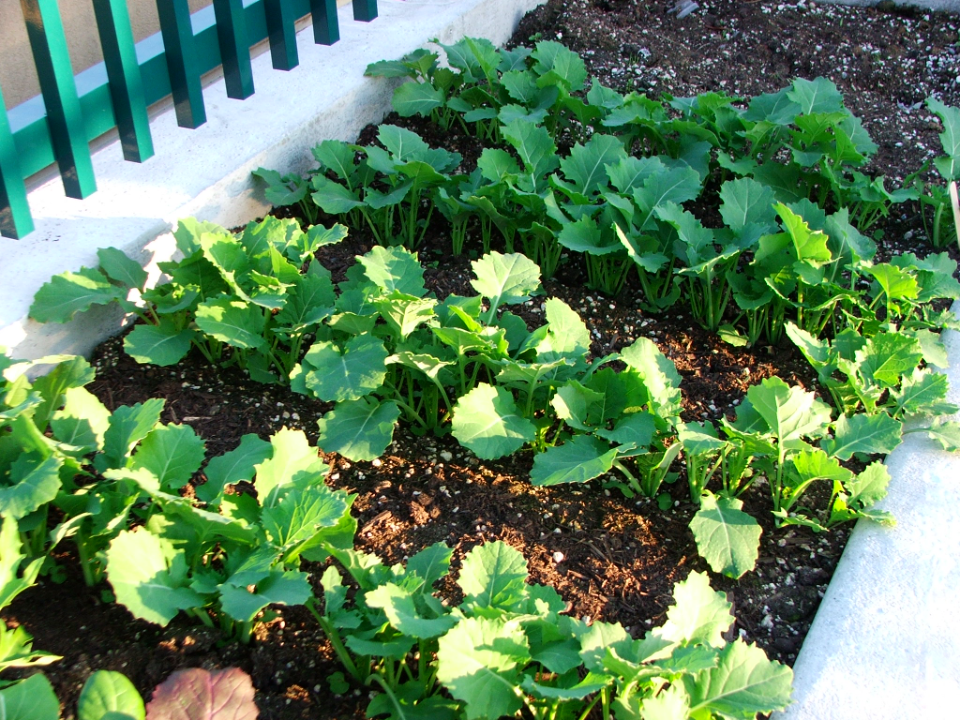
Collard greens are another leafy vegetable that thrives in cool weather. Plant them in late summer or early fall for a spring harvest. Collard greens are rich in vitamins and grow best in well-drained, fertile soil. Once planted, they require little maintenance and are resistant to cold temperatures, making them ideal for late-season planting.
Space collard plants about 12 to 18 inches apart to give them room to grow. A light mulch can help protect the plants from the cold during the winter. Collard greens can be harvested as soon as the leaves are large enough to eat. They are a hardy crop that can be enjoyed early in the spring with minimal effort.
Beets
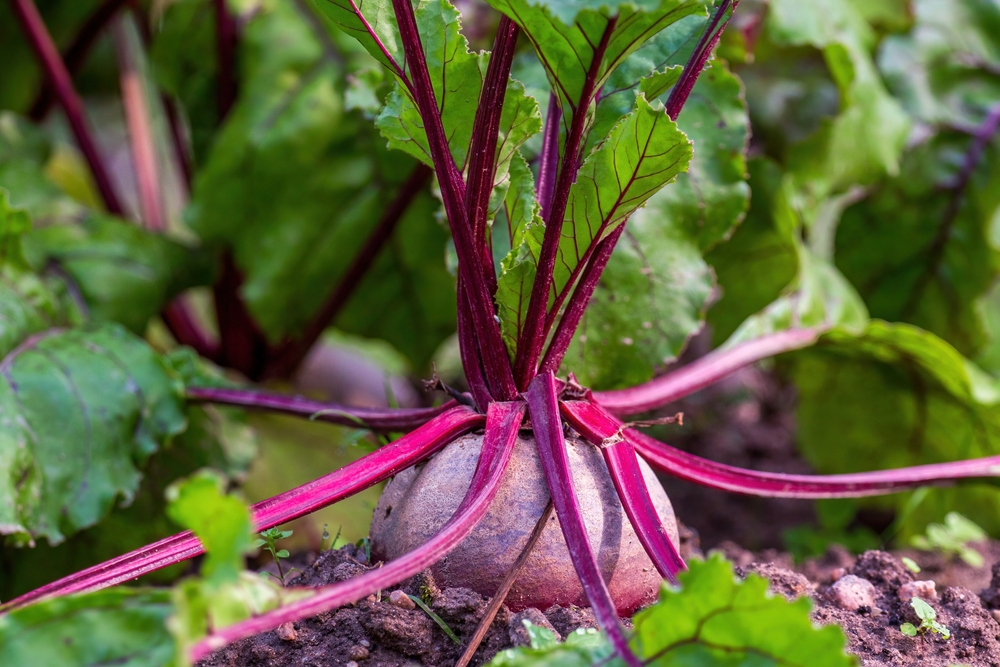
Beets are a hardy root vegetable that can be planted in late summer for a spring harvest. The cool weather helps the roots develop a rich, earthy flavor. Plant beet seeds about 1/2 inch deep in well-drained soil and space them about 2 inches apart. Beets grow quickly and are a great crop for gardeners looking to enjoy fresh produce early in the spring.
Beets require regular watering and a sunny spot to thrive. Once the roots reach the desired size, they can be harvested. Both the beetroot and the greens are edible, making them a versatile crop in the kitchen. Planting beets late in the season ensures a harvest that is fresh and flavorful.
Cabbage
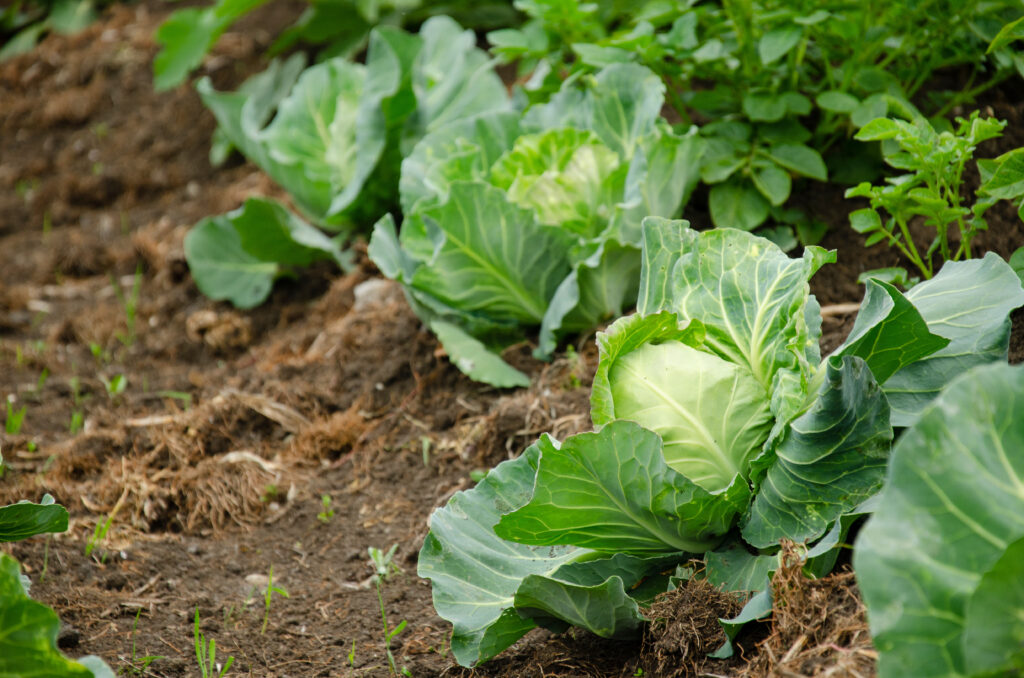
Cabbage is a cool-season vegetable that grows well when planted late in the season. It prefers cool temperatures and can withstand light frosts, which make it ideal for late-season planting. Once established, cabbage heads will begin to form as the weather warms in early spring. You can harvest the heads when they are firm and full-grown for the best flavor and texture.
Cabbage grows best in well-drained, fertile soil with plenty of organic matter. Space plants about 12 to 18 inches apart to give them room to grow. Regular watering will help keep the soil moist and encourage healthy development. Cabbage is an excellent choice for early spring harvests and adds a hearty touch to meals.
Turnips
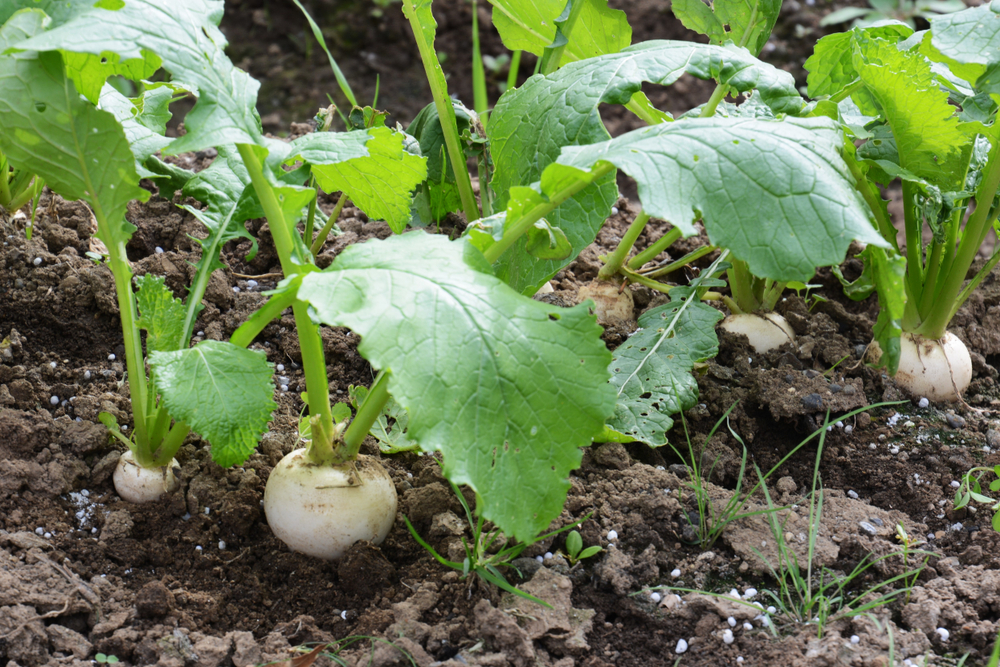
Turnips are a cold-hardy root vegetable that can be planted late in the season. They grow quickly and can be harvested as early as spring, making them perfect for late-season planting. Turnip greens are edible and can be enjoyed alongside the roots, adding versatility to your harvest. The roots are rich in nutrients and offer a mild, slightly sweet flavor.
Plant turnip seeds about 1/2 inch deep in well-drained soil, spacing them around 3 inches apart. They need regular watering and a sunny location to grow well. Turnips can tolerate frost, which enhances their flavor. Harvest both the roots and greens for a nutritious and flavorful crop.
This article originally appeared on Avocadu.
